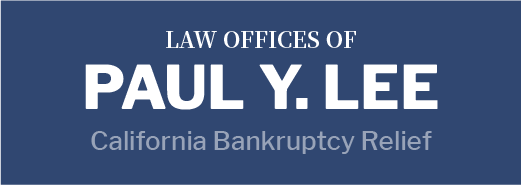Get an overview of the types of bankruptcy that may apply to your business.

Chapter 7 Bankruptcy
Who can file: Sole proprietors are actually required to use a personal bankruptcy option, because the law considers the individual and their business the same entity. Proprietors of partnerships, corporations, or LLCs may also file Chapter 7 bankruptcy.
How it works: If you are a sole proprietor, you can use Chapter 7 bankruptcy to wipe out all your debts, regardless of whether they were incurred for personal or business reasons. Because you can use the Chapter 7 exemptions to protect some of your personal and business property, you may be able to continue operating the business after filing Chapter 7.
If you have a partnership, corporation, or LLC, filing for Chapter 7 will require you to close your business and liquidate all assets. However, the process will be easier for you because the bankruptcy trustee will be in charge of all the arrangements.
Chapter 13 Bankruptcy
Who can file: Only sole proprietors can use Chapter 13 bankruptcy to eliminate business debts. If you have another type of business structure, you can use Chapter 13 only on business debts for which you may have assumed personal liability.
How it works: Chapter 13 bankruptcy allows individuals to find relief from their personal and business debts even if they have too many assets to qualify for Chapter 7. This type of bankruptcy plan allows you to reorganize your debts while still keeping your business up and running. To this end you will be given a court-approved repayment plan to follow for 3 to 5 years. If your business has its own debts separate from your personal debts, you may need to file Chapter 11 to deal with them.
Chapter 11 Bankruptcy
Who can file: This type of bankruptcy is available to any business entity.
How it works: Chapter 11 bankruptcy is very similar to Chapter 13 in that it results in a court-approved repayment plan. The important difference is that the plan includes the debts incurred by the business entity itself, rather than debts incurred by an individual for business purposes. If you are personally liable for any business debts, you will need to use a personal bankruptcy option to discharge them.
Need Help with Business Bankruptcy?
Of course, before deciding which of these options to pursue,you should definitely get professional advice. Please contact California Bankruptcy Relief now for a free consultation.

